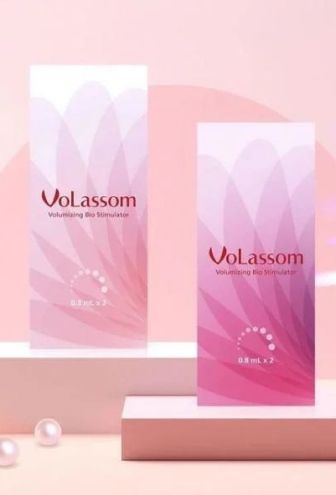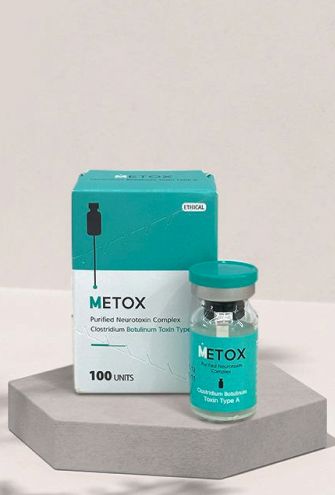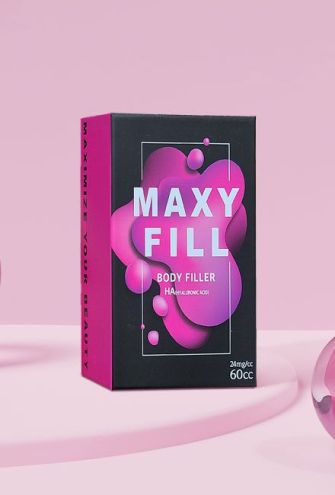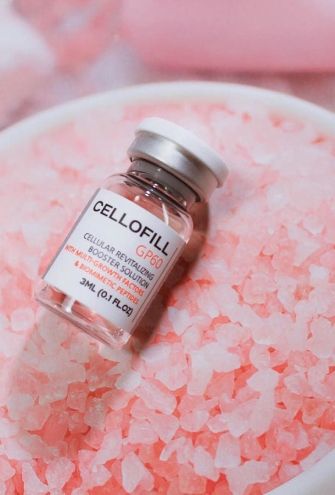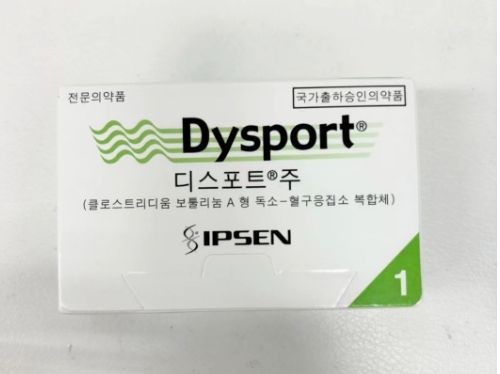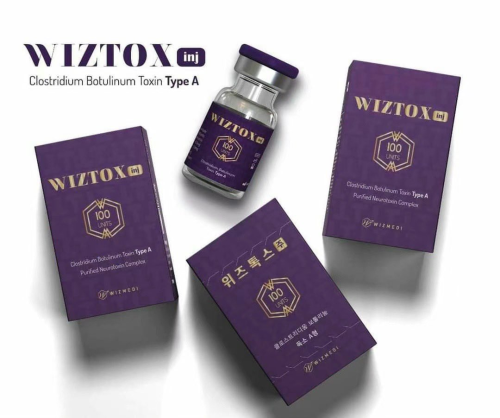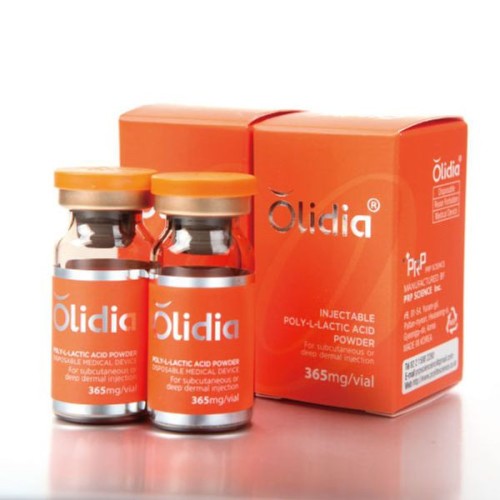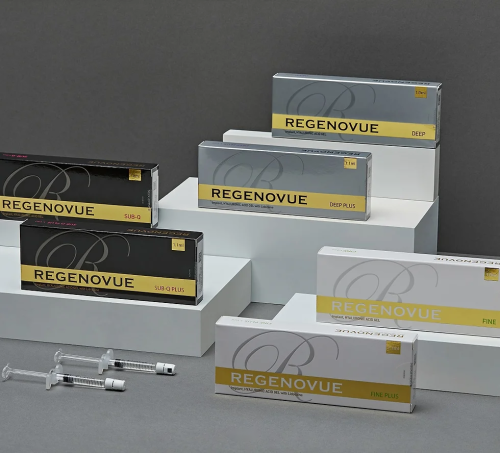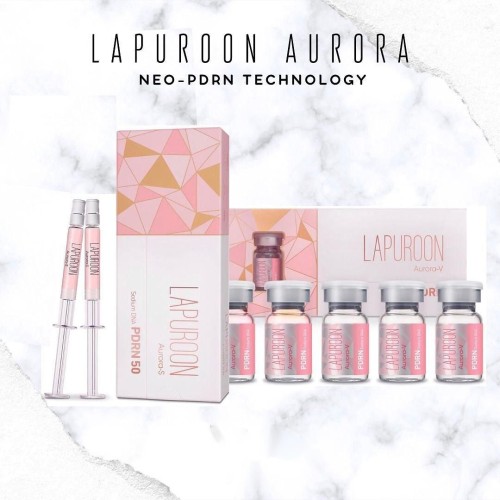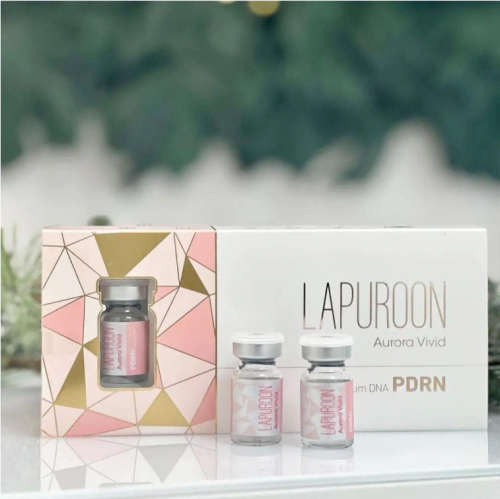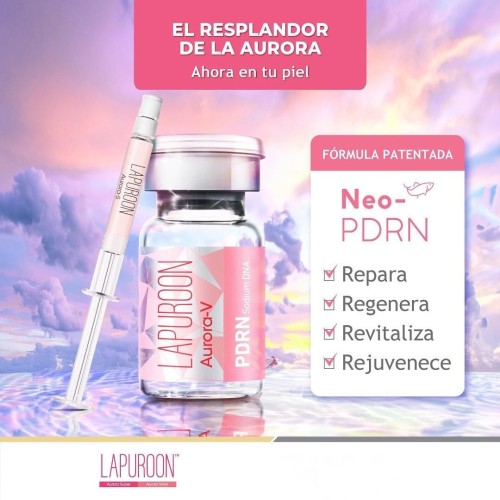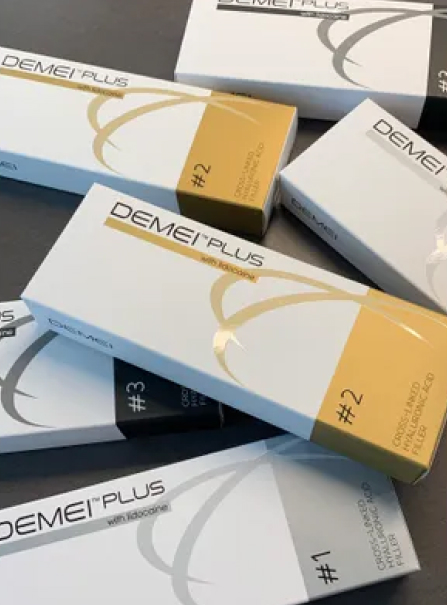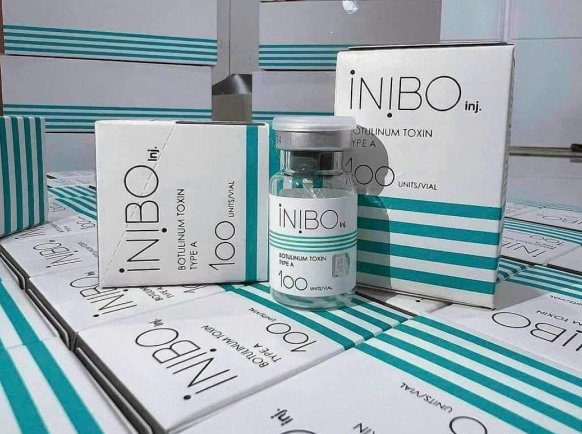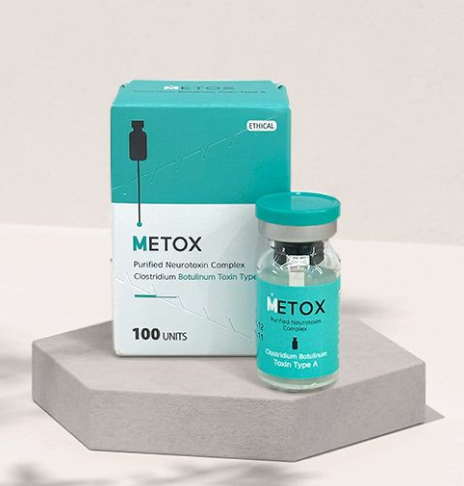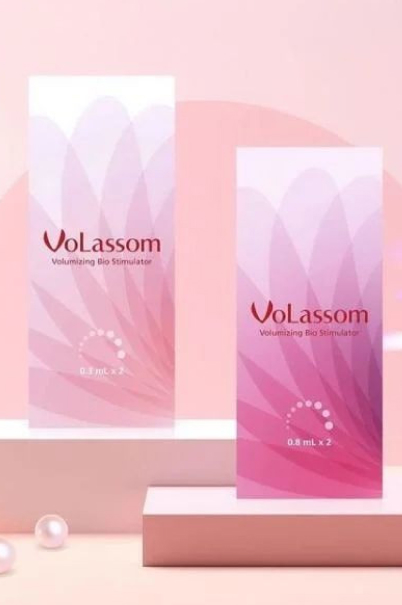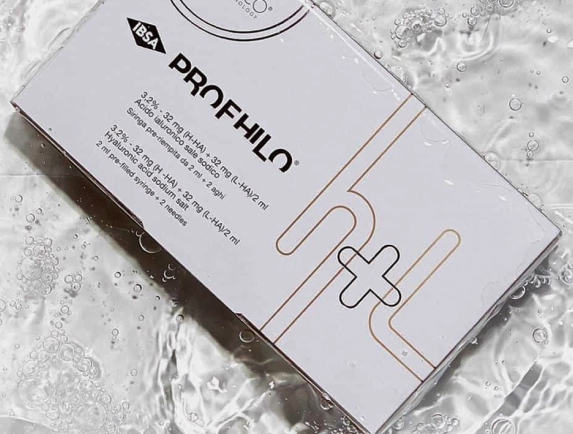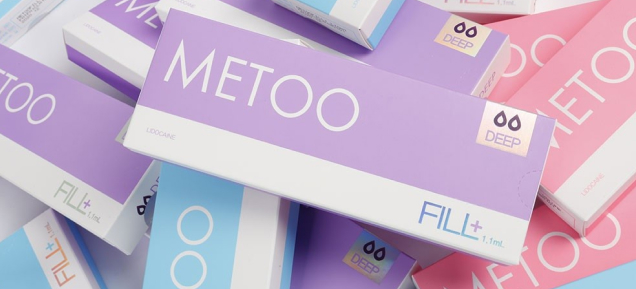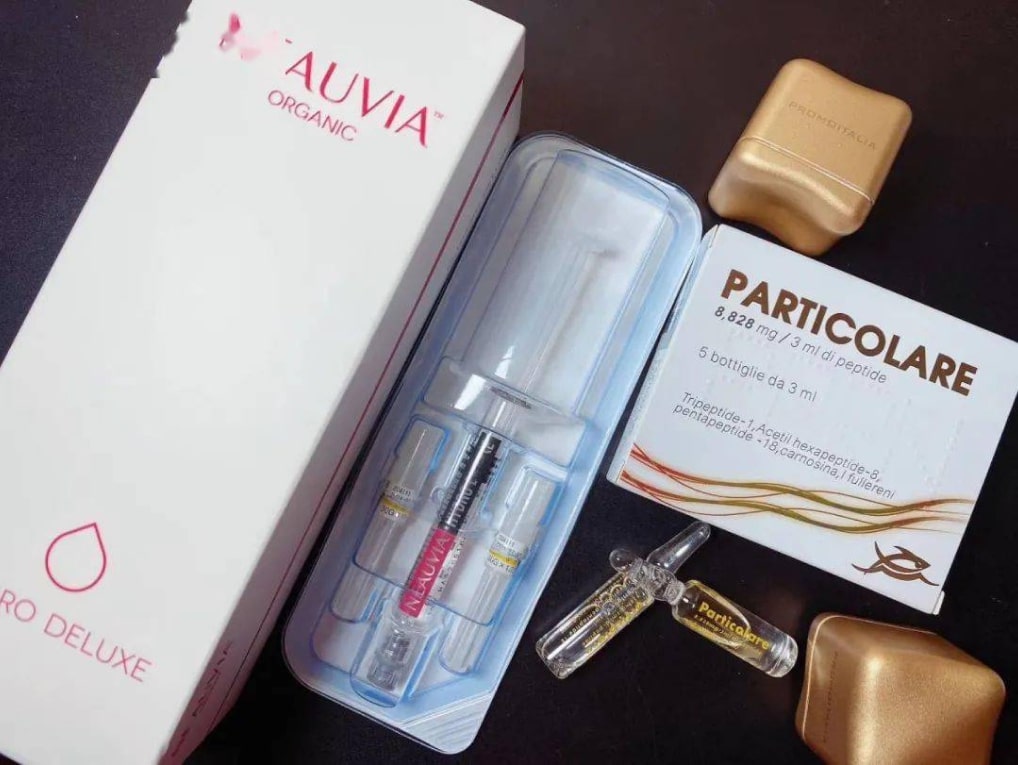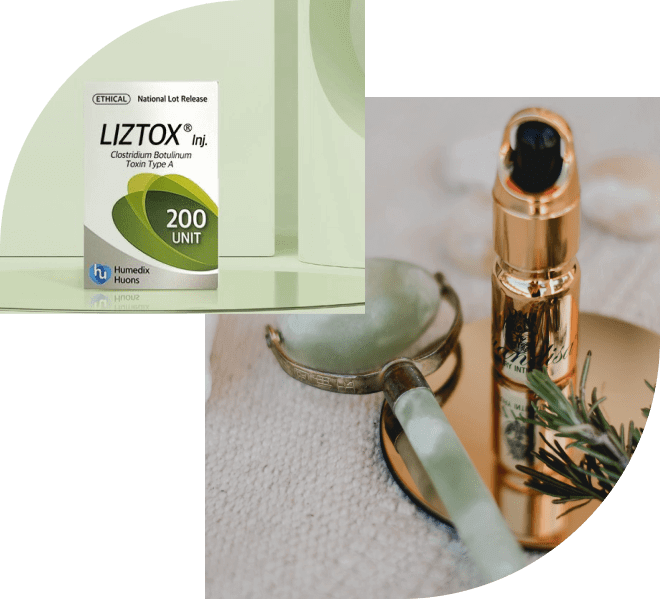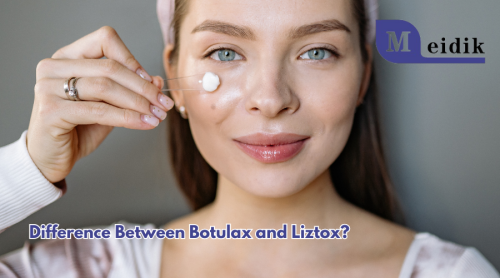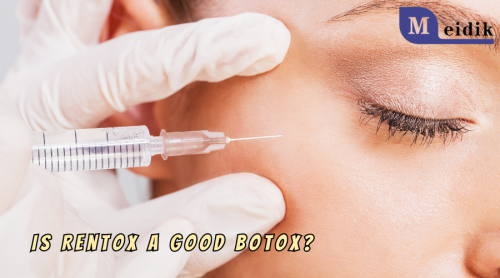Botox is considered the best treatment for wrinkles and fine lines. Neurotoxin injectables now have several rising options, including Botox and Xeomin. This blog will explain the basic characteristics of these products while providing comparative information. What are Liztox and Botulax? Botulinum toxin type A appears in both medications under their respective brand names of Liztox and Botulax. The active ingredient in Botox exists along with the same substance in both Botox and these lesser-known alternatives. The medicines deliver muscle paralysis to minimize wrinkles and facial fine lines through short-term effects. The cosmetic use of Botulinum toxin has existed for several decades. The administration of this drug through precise injections blocks neuronal signals that result in muscle relaxation at the target sites. When muscles relax under these actions, wrinkles on the skin's surface become less apparent. Origins and Manufacturers The main distinction between these products emerges from their manufacturing companies, together with their source of origin. ◼ Huons is a South Korean pharmaceutical production company that manufactures Liztox. South Korea approved Liztox in 2013, and the manufacturer has since expanded its market reach. ◼ Hugel Inc. is a South Korean pharmaceutical company that produces Botulax. The company approved this product in 2010 and continues to work to access international markets. The two products function as replacement options for Botox, which Allergan (currently operated by AbbVie) initially produced. In 2002, the United States approved Botox as the initial cosmetic botulinum toxin product. Formulation Differences Both Liztox and Botulax contain botulinum toxin type A as their active ingredients. Yet, they possess slight variations in their formulation makeup. These differences might include: ◼ The production of toxin requires a particular strain of Clostridium botulinum bacteria. ◼ The purification processes ◼ The active toxin requires surrounding proteins (complexing proteins) at specific concentrations. ◼ The stabilizers and other inactive ingredients in the formula Slight differences in manufacturing methods influence how the medication functions within the body when measuring onset time, duration, and spread from the injection point. Potency and Dosing The measurement methods for potency and suggested dosing between Liztox and Botulax differ significantly. Each Botulinum toxin product contains units as measurement units, yet these units remain non-uniform across various manufacturers' brands. When used in the body, each unit of Liztox produces dissimilar effects from each unit of Botulax. Medical providers who switch brands must understand the distinct dosing instructions of each product. A medical practitioner who works with one brand must adjust their unit count to match the desired effect when using a different brand. Clinical Evidence and Track Record These products show different levels of clinical data and practical usage records. ◼ The original Botox product has accumulated decades of clinical research and extensive usage data, which has generated deep knowledge about its effectiveness and safety. ◼ Liztox and Botulax hold less clinical data than Botox because they entered the market after it. The products conducted clinical research and proved their safety and treatment outcomes through trials, leading to market approvals in their domestic territories. Healthcare practitioners base their product selection for patient treatment on the extent of research studies alongside the products' established track record. Regulatory Approval Status These products maintain different levels of regulatory approval in various countries. ◼ Botox holds medical and cosmetic approvals in more than 90 nations worldwide. Cosmetic procedures have utilized this product for several decades, while patients widely endorse it. ◼ Liztox and Botulax's pharmaceutical products maintain regulatory authorization in South Korea and select Asian countries. The companies have attempted global market expansion for Liztox and Botulax, yet Botox remains the brand with worldwide recognition. Doctors in countries without official product approvals utilize legally accessible drugs for treatment that exceeds regulatory authorization boundaries. Cost Differences The high price of Botox serves as a primary motivation for people to consider selecting Liztox and Botulax. ◼ Botox is the original and most famous brand, and it demands higher prices in the market. Treatment costs become expensive because patients must undergo procedures repeatedly every few months to preserve their outcomes. ◼ The pharmaceutical companies created Liztox and Botulax to establish budget-friendly alternatives to Botox. Liztox and Botulax reduce costs below Botox prices, thus expanding the market access for aesthetic procedures to more individuals. The price variation between treatments depends on location and provider. Yet, the cost reduction becomes substantial for patients who need routine procedures. Treatment Experience and Results Patients and practitioners detect certain subtle variations between the treatment experience and results. Different brands of these products show minor variations in their: ◼ Treatment products demonstrate different onset times that represent their speed to become active. ◼ The duration of therapeutic effects represents one way to measure the longevity of results. ◼ The rate at which the product disperses away from its injection site constitutes diffusion patterns. ◼ Pain or discomfort during injection The results achieved through the correct administration of Liztox, Botulax, and Botox show comparable effects for most patients. Proper administration by knowledgeable practitioners can yield effective wrinkle reduction through any of the three products. Side Effects and Safety All formulations of botulinum toxin share common side effects, including: ◼ One may notice bruises alongside pain or swelling when an injection occurs. ◼ Headache ◼ Temporary drooping of eyelids or eyebrows ◼ Flu-like symptoms ◼ Dry mouth or eyes ◼ Unwanted weakness in nearby muscles Botulinum toxin injection can cause side effects, depending on the technician's skill and the patient's reaction, not the brand used. Some practitioners claim to notice slight variations in side effects between brands, possibly because of the formulation differences already discussed. Choosing Between Liztox and Botulax When deciding between botulinum toxin treatments, which would you prefer, Liztox or Botulax? ◼ The primary consideration must be selecting a knowledgeable medical professional with expertise in administering the chosen product. Professional skill levels demonstrate a more significant impact than the particular brand selection of your treatment provider. ◼ If cost is your primary consideration, ask your treatment provider to share a price comparison for different options. The monetary advantages might justify picking a less popular but cheaper brand. ◼ The human body sometimes reacts differently toward different variants of botulinum toxin. You should test a different brand if you found the initial product unsatisfactory or side effects occurred after its use. Beyond the Brand Names The three major brand names, Liztox, Botulax, and Botox, contain botulinum toxin type A after purification. These brands produce noticeable distinctions, although they remain minor compared to the complete change of treatment methods, such as dermal fillers or laser treatments. People often value other factors over deciding which particular brand to choose. ◼ The search for an experienced provider who demonstrates good aesthetic sense ◼ Patients must understand what botulinum toxin treatments can achieve and their boundaries. ◼ Following proper aftercare instructions ◼ Maintaining realistic expectations about results The Global Market for Botulinum Toxin Products Botulinum toxin products continue to experience steady growth in their worldwide market. Botox maintained its position as market leader throughout many years before competing products like Lysotocin and Botulax entered the field. Alternative product entries into the market offer multiple advantages to the consumer base: ◼ The lower price point of available options allows more people to access treatment programs. ◼ The market competition leads to better innovations and enhancements across all products. ◼ People who seek treatment and their healthcare providers now have expanded options to discover suitable products that best meet their needs. The evolving market will likely produce additional options that enhance product distinctions, providing medical staff and consumers with more selection possibilities. Conclusion The medical market features Liztox and Botulax as alternative solutions to Botox due to their composition of botulinum toxin type A. The identical active component exists in both products. Still, each brand comes from different manufacturers with unique formulations that receive different regulatory approvals and price points. Most patients will experience minimal variations between these products. In contrast, the experience level of their practitioner becomes more important than which particular brand they receive. The choice between different botulinum toxin products depends on the price and how individuals react to each formulation. You should consult with your healthcare provider regarding every botulinum toxin treatment option. Your provider can assess which product best serves your needs by considering price, treatment objectives, and prior treatment experiences.







